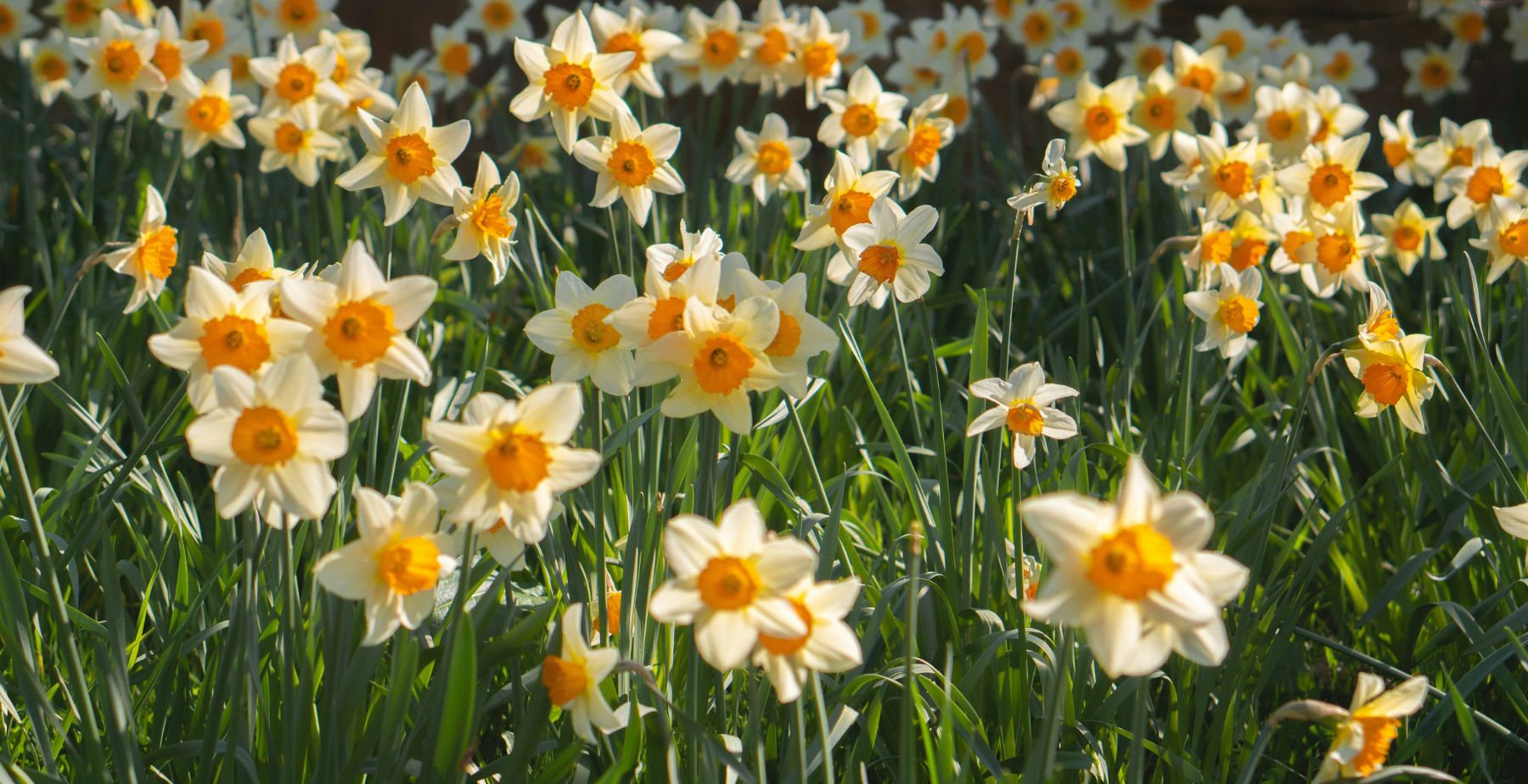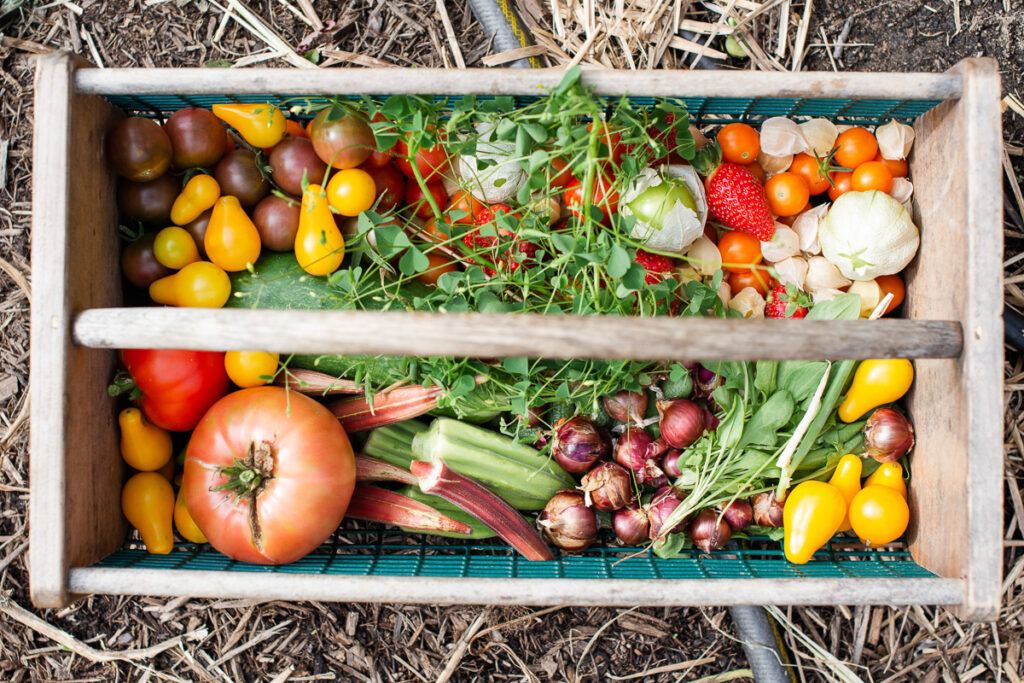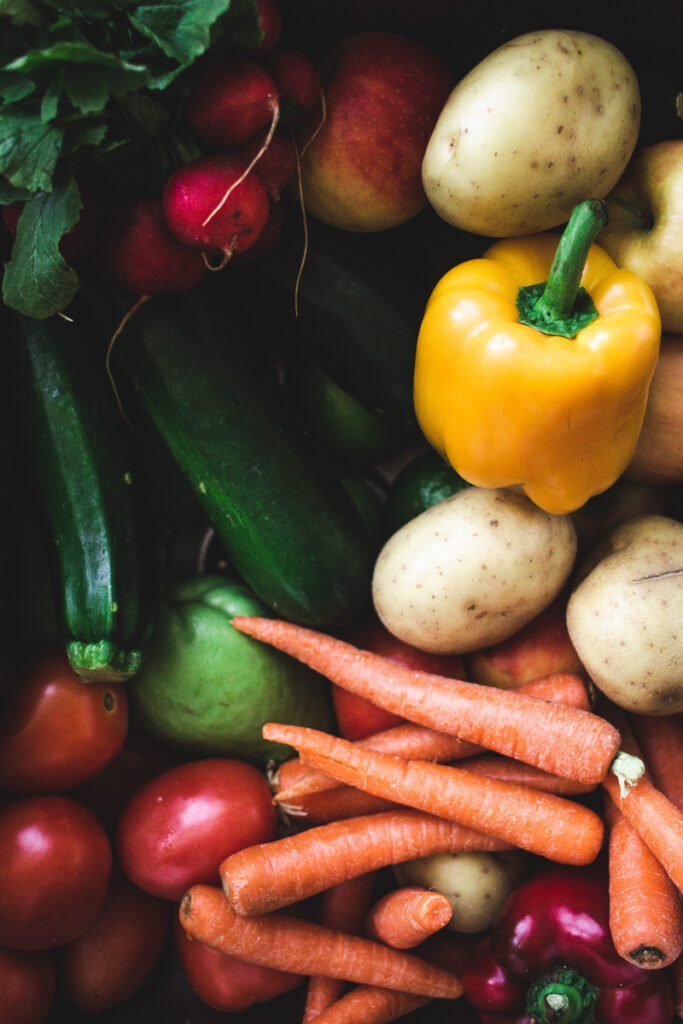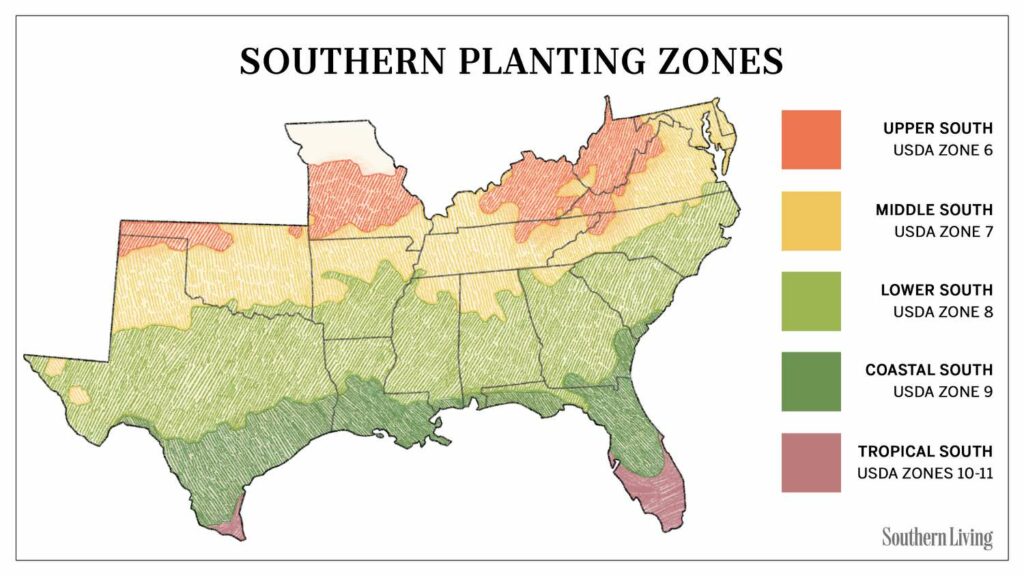
March: What to Plant in Your Garden Right Now in Tennessee
In Middle Tennessee, March marks the beginning of spring and a suitable time to start planting various crops in your garden.
Are you new to gardening and overwhelmed by the schedule of when to plant your favorite vegetables and gardens?
We make it easy! Each month, we publish your monthly to do list along with what to plant during the month.


What to Plant in Your Tennessee Garden During March:
- Lettuce
- Spinach
- Kale
- Broccoli
- Cabbage
- Peas
- Carrots
- Radishes
- Parsley
- Cilantro
- Daylilies
- Daffodils
- Pansies
- Apple Trees
- Blueberry Bushes
Not in Zone 7? Check out this chart to see which zone you are in. Understanding your local zone will help you tremendously when gardening! This dictates everything from types of plants, planting schedule and more.

Prepping your garden for a new season or starting fresh? There’s also a few things you need to do for a successful spring.
March’s Garden to Do List
Clean Up: Remove any debris, weeds, and dead plant material from the garden beds. This helps prevent pests and diseases from overwintering and gives your plants a clean start.
Soil Preparation:
- Amend Soil: Test your soil to determine its pH and nutrient levels. Based on the results, amend the soil with organic matter such as compost, aged manure, or other soil amendments to improve its structure and fertility.
- Till or Turn: If your soil is compacted, consider tilling or turning it to loosen it up. Be cautious not to disturb beneficial soil organisms too much.
Mulching: Apply a layer of organic mulch, such as straw, shredded leaves, or wood chips, to the garden beds. Mulch helps suppress weeds, retain moisture, and regulate soil temperature.
Pruning: Prune any dead or damaged growth from perennial flowers and shrubs. Also prune fruit trees and bushes as needed to remove dead or diseased branches and promote healthy growth.
Pest and Disease Management: Inspect plants for signs of pests and diseases and take appropriate measures to manage them. This may include handpicking pests, using organic pest control methods, or applying preventive measures.
Fertilizing: Consider applying a balanced fertilizer or organic amendments to provide nutrients for the growing plants. Follow the recommended application rates for the specific type of fertilizer or amendment you’re using.
Planning: Take some time to plan your garden layout and make decisions about what plants to grow where. Consider factors such as sunlight requirements, spacing, and companion planting.
Happy Spring!





Leave a Reply